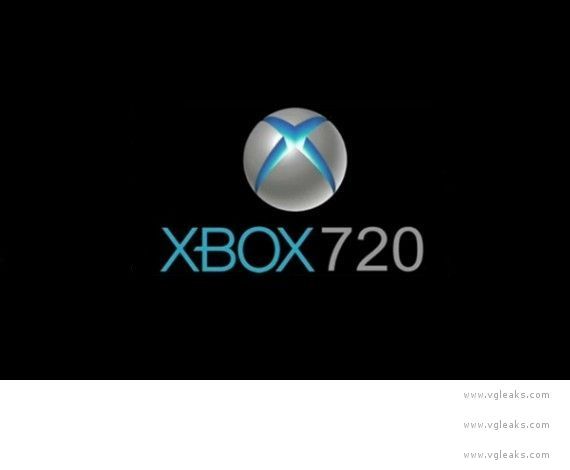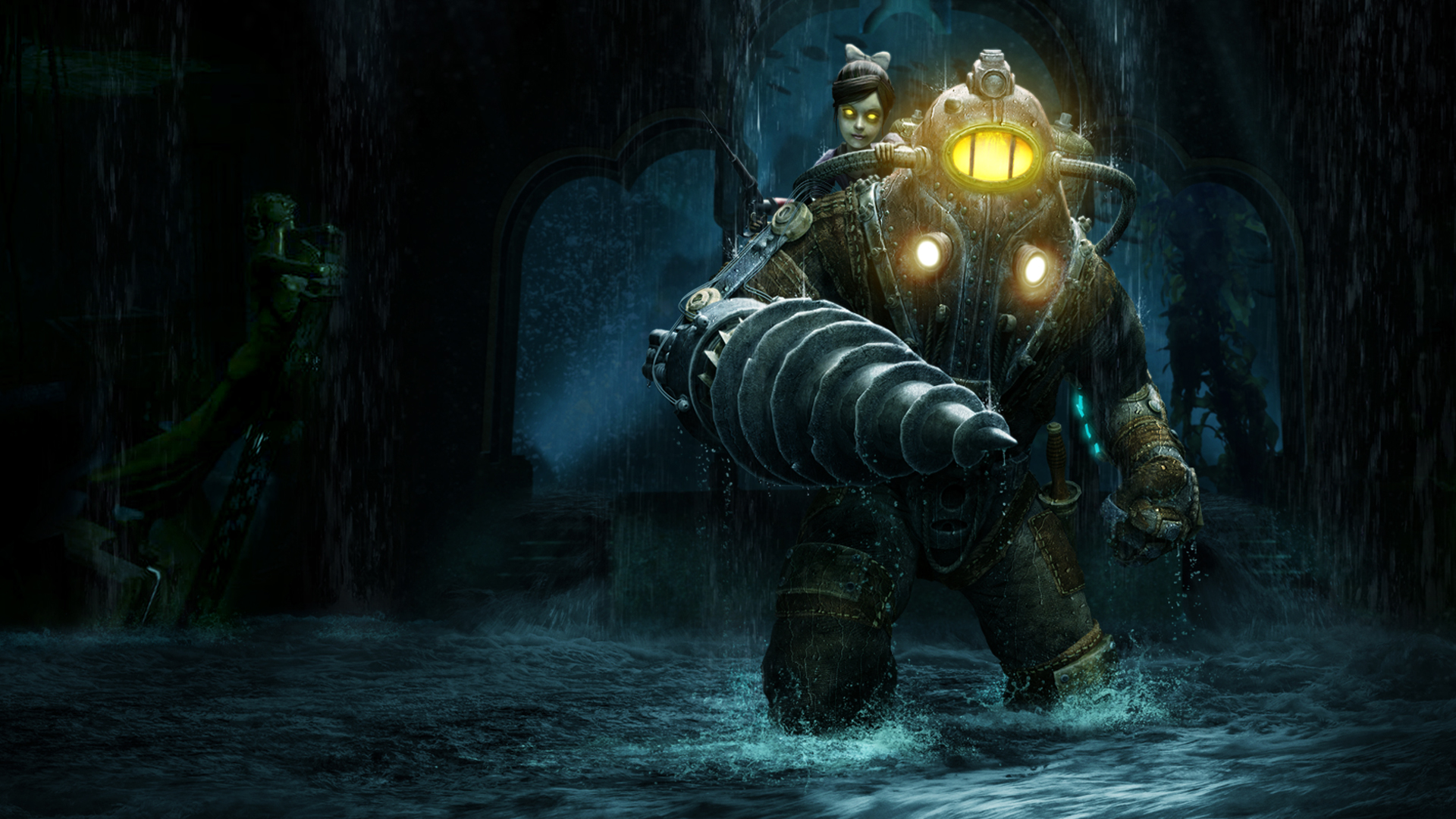Today we present another Durango GPU custom feature shown in our first exclusive article: the display planes.
The Durango GPU supports three independent display planes, which are conceptually similar to three separate front buffers. The display planes have an implied order. The bottom plane is combined with the middle plane using the middle plane’s alpha channel as an interpolation factor. The result of this operation is combined with the top plane using the top plane’s alpha channel as an interpolation factor. Blending occurs at 10-bit fixed-point precision. The following diagram illustrates the sequence of operations.
The three display planes are independent in the following ways, among others:
- They can have different resolutions.
- They can have different precisions (bits per channel) and formats (float or fixed).
- They can have different color spaces (RGB or YCbCr, linear or sRGB).
Each display plane can consist of up to four image rectangles, covering different parts of the screen. The use of multiple screen rectangles can reduce memory and bandwidth consumption when a layer contains blank or occluded areas.
The display hardware contains three different instances of various image processing components, one per display plane, including:
- A hardware scaler.
- A color space converter.
- A border cropper.
- A data type converter.
Using these components, the GPU converts all three display planes to a common output profile before combining them.
The bottom and middle display planes are reserved for the running title. A typical use of these two planes is to render the game world at a fixed title-specified resolution, while rendering the UI at the native resolution of the connected display, as communicated over HDMI. In this way, the title keeps the benefits of high-quality hardware rescaling, without losing the pixel-accuracy and sharpness of the interface. The GPU does not require that all three display planes be updated at the same frequency. For instance, the title might decide to render the world at 60 Hz and the UI at 30 Hz, or vice-versa. The hardware also does not require the display planes to be the same size from one frame to the next.
The system reserves the top display plane for itself, which effectively decouples system rendering from title rendering. This decoupling removes certain output constraints that exist on the Xbox 360. For example, on Durango the system can update at a steady frame rate even when the title does not. The system can also render at a lower or higher resolution than the title, or with different color settings.












![[Rumor] Capcom is reportedly working on a new Dead Rising](https://vgleaks.com/wp-content/uploads/2025/12/capcom-logo-150x150.jpg)

